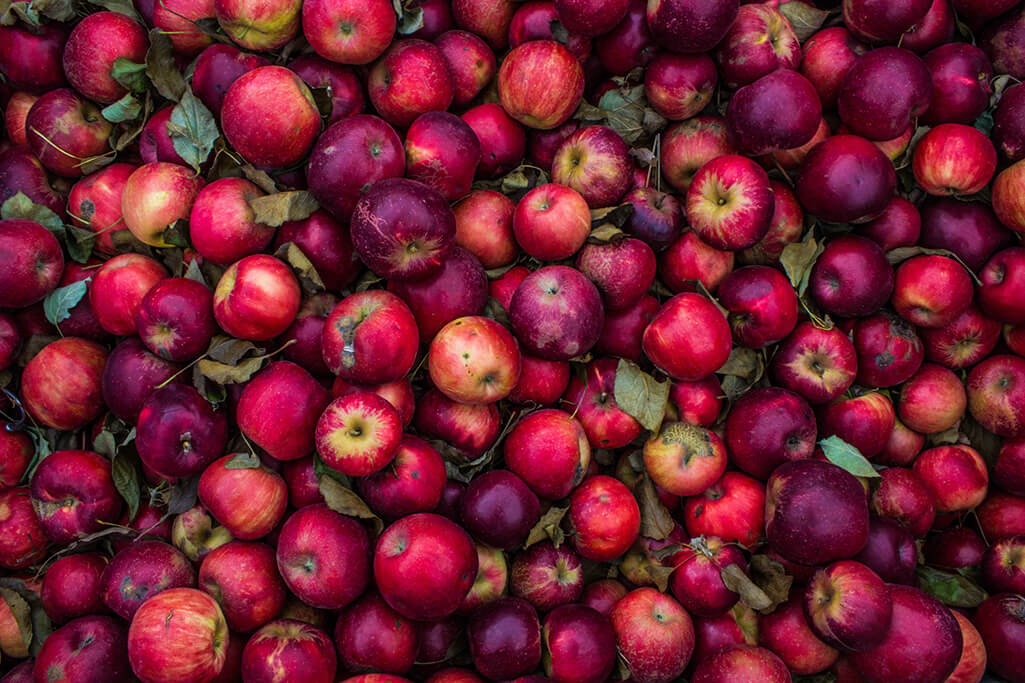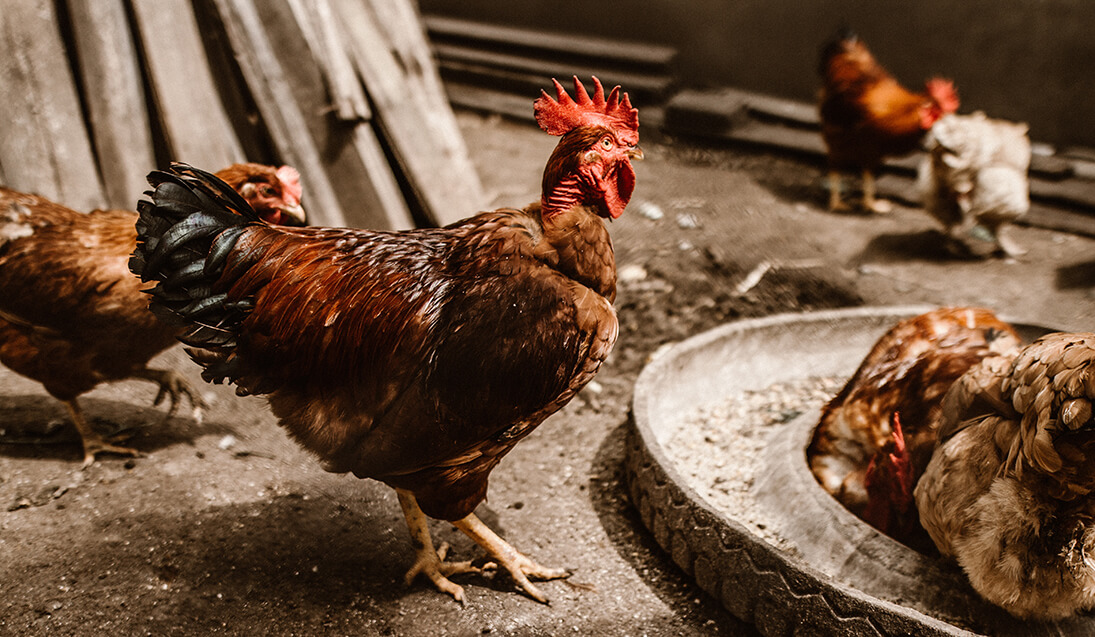World of demand set to devour farming industry as exports rocket

Tom Chirnside shares his thoughts on the new export targets set for the Australian farming industry.
World demand for food is expected to increase by as much as 50 per cent to 98 per cent by 2050, compared with 2006 levels, and Australia’s horticultural industry is already positioning itself to cash in on this growth.
A major trade push, coordinated by industry group Hort Innovation under the banner “Taste Australia”, was launched in July to raise the profile of the country’s produce to markets overseas.
Australian fruit and vegetables are in demand with global customers due to their high quality, the country’s clean environment, strict safety standards, and reliable supply chains.
The Taste Australia campaign aims to increase vegetable exports by 40 per cent in the next three years; almond export sales by 170 per cent by 2022; and cherry exports by 340 per cent compared with 2015 levels by 2020-21.
It also intends to double strawberry exports to at least 8 per cent of national production by volume by 2021, as well as promote high-value products such as olive oil and avocados to foreign markets that are willing to pay a premium.
To meet these bold targets, farmers, who already face a variety of challenges including rising energy prices, will have to work even harder and smarter.
Although farm sizes have increased by 0.3 per cent, according to the Australian Bureau of Statistics report on the 2014-15 financial year, productivity gains will be essential to ensure that the projected increase in export demand can be met. Even producers who plan to stick to supplying domestic markets will be called on to step up production.
What support is there for farmers?
The Almond Board of Australia has established a research facility at Loxton in South Australia in partnership with the Government of South Australia and Horticulture Innovation, to look into production methods that will help lift yields and improve efficiencies in growing nut crops. The Commonwealth and Victorian governments have also chipped in $10 million for research. This type of work brings industry-wide benefits, with farmers able to apply the lessons learned through research to improve productivity in their own operations.
Particularly as Australia’s population is set to increase between 36.8 million and 48.3 million by 2061. This will require a productivity boost of 2 per cent each year. Investment may be needed in new equipment and technologies, or new varieties of the rootstock.
Farmers may choose to fund such expenses using business capital or using traditional lenders, but instead of going to your typical big bank, there are alternative sources available to provide funds to grow. Or as we call it, growth capital.
Growth capital solutions that are tailored to the specific needs of the producer could offer the flexibility farmers need to implement new innovations, especially with ongoing research developing even better techniques and equipment over time.
For agricultural businesses that opt to invest in their own development now is a great time to do it. Any increase in supply is likely to be snapped up by hungry markets. Whether it’s to cash in on burgeoning export market demand or to help ensure Australia’s domestic food security, agricultural producers have an important task ahead of them.

